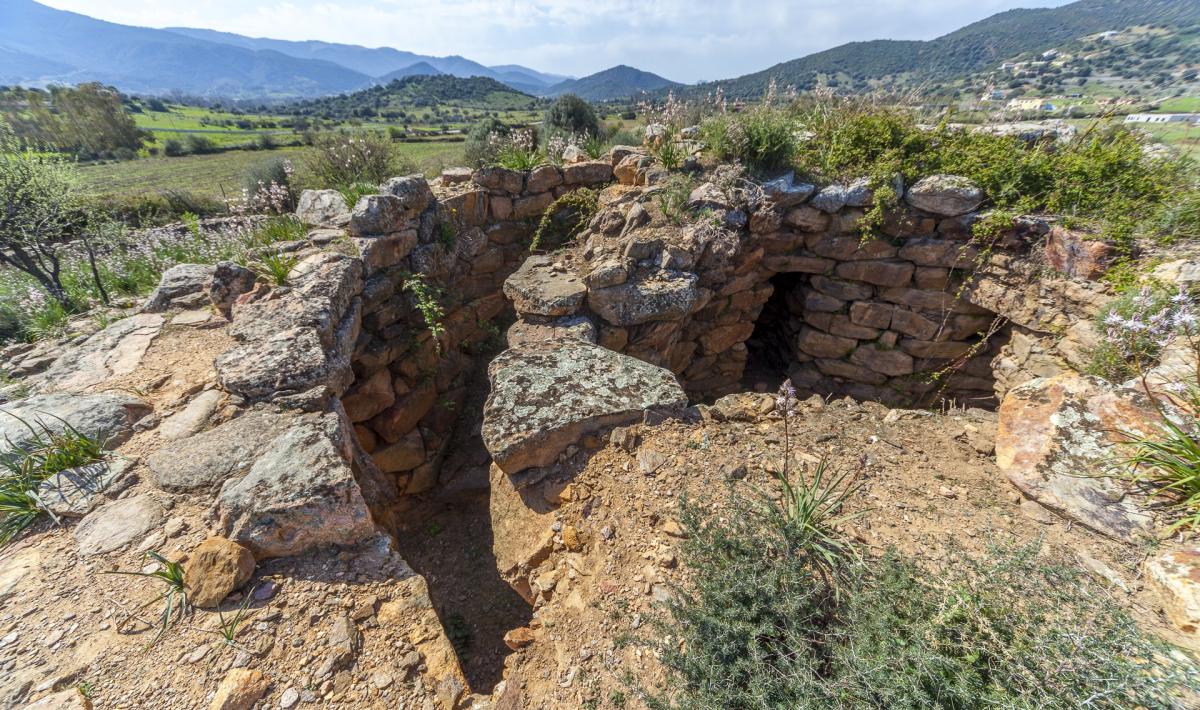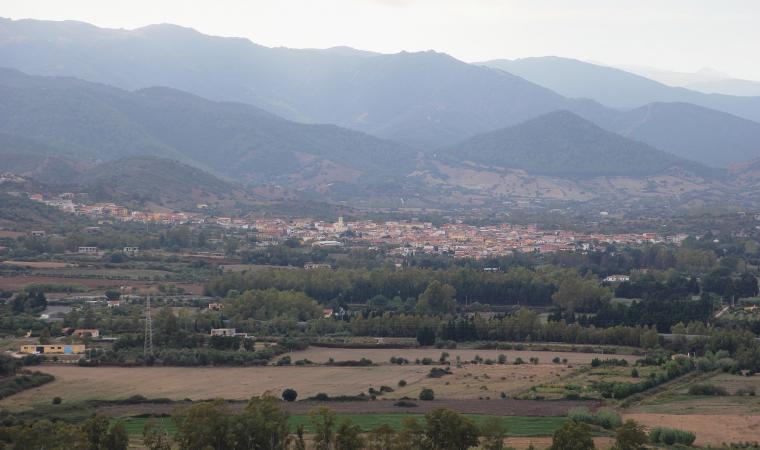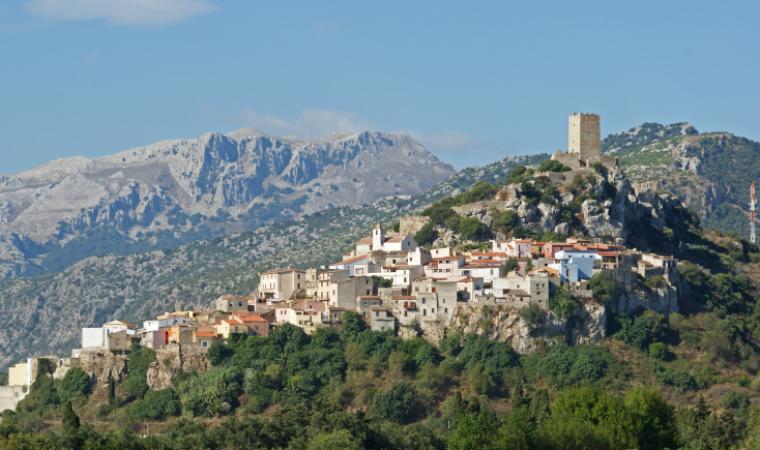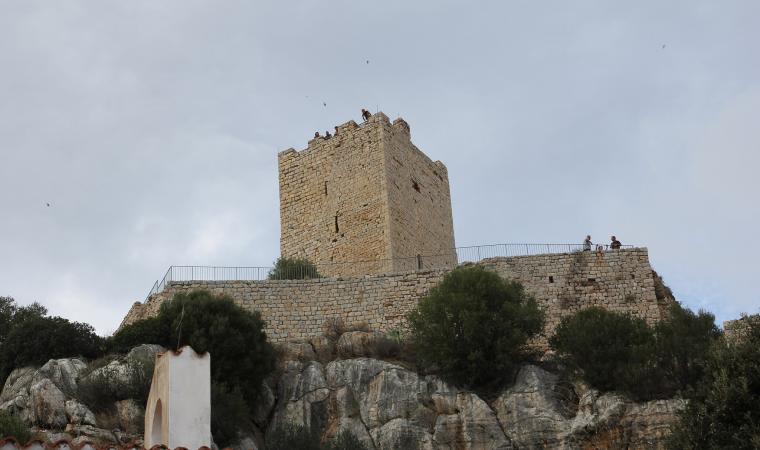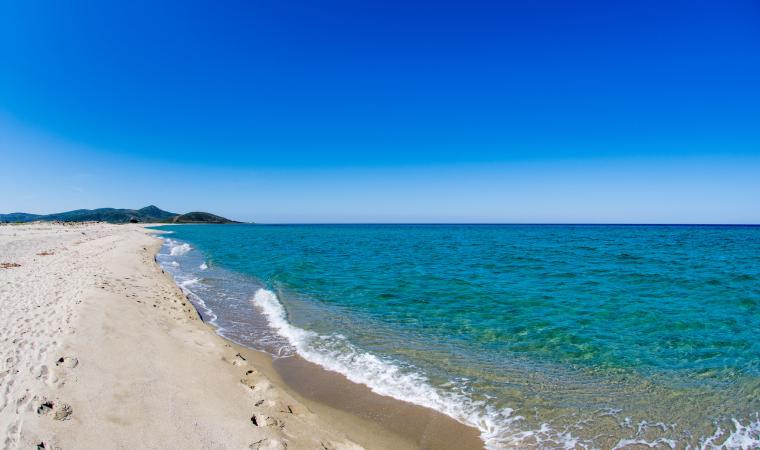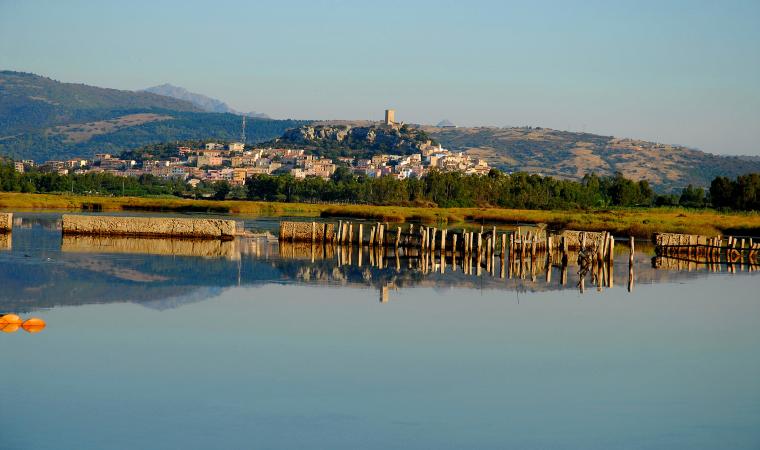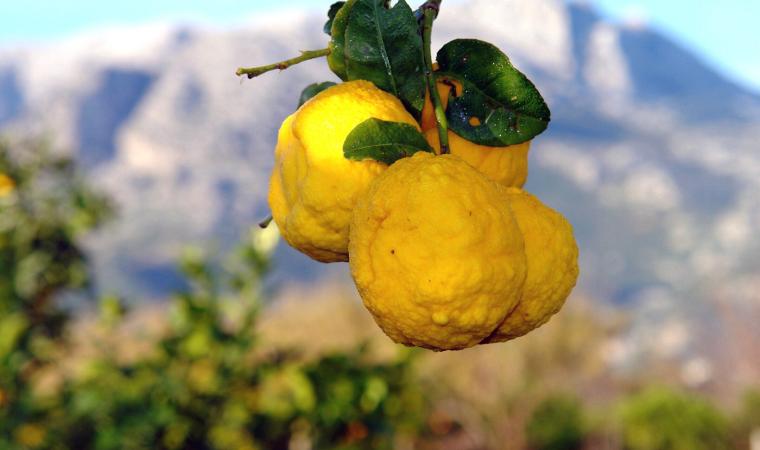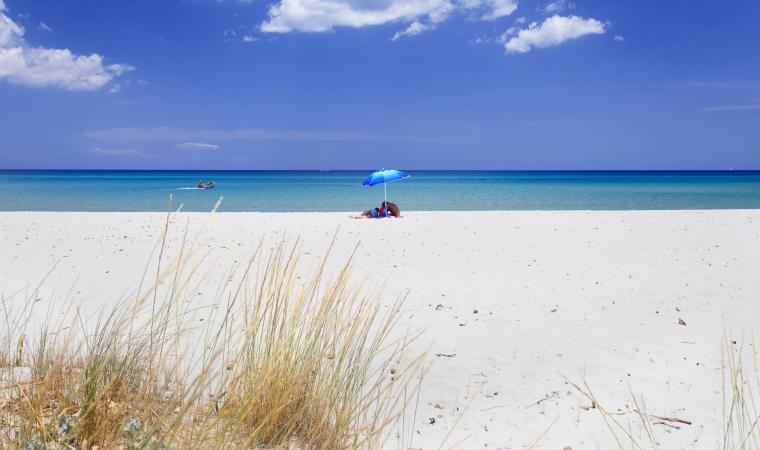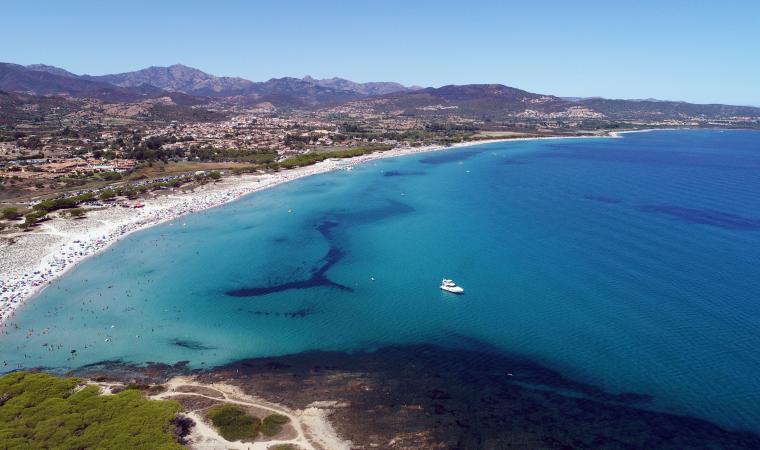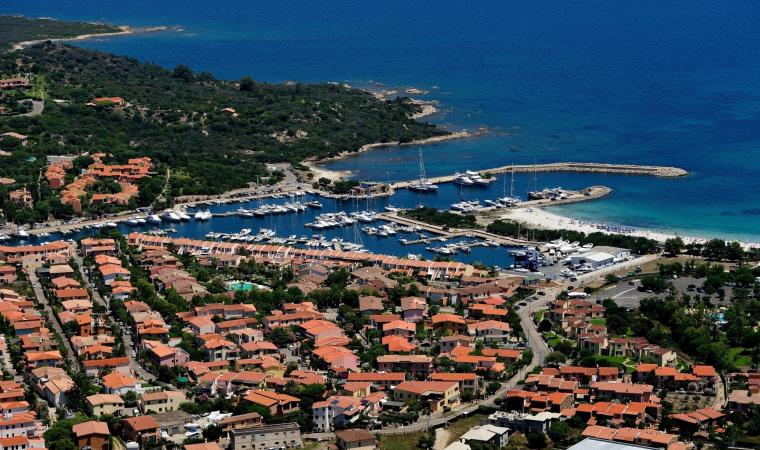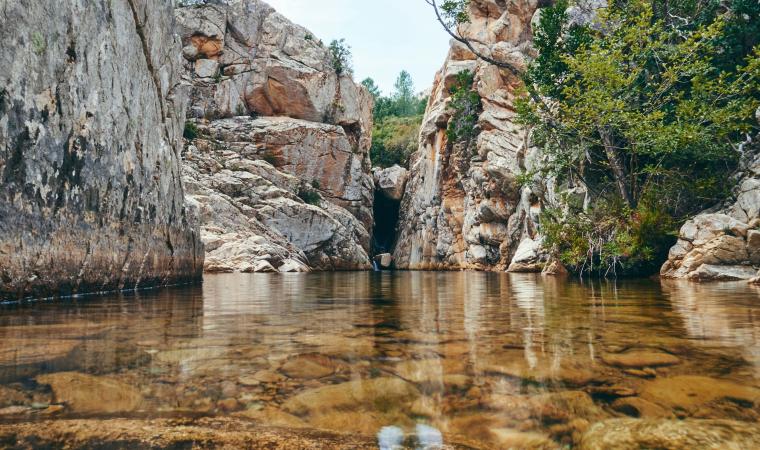It was most probably created on a previous Pre-Nuragic building, after which, for almost two thousand years, Nuragic and Ancient Roman populations gravitated around it, inhabiting a fertile plain crossed by the Posada river, which is now part of the Oasis of Tepilora area. The nuraghe San Pietro stands in the locality of the same name, three kilometres from Torpè, a few hundred metres from the river bed. It is a quatrefoiled building, with a central keep - perhaps older than the rest of the building – constructed using large blocks of trachyte, positioned in rows with the addition of shims. The lateral towers, on the other hand, were built using schist blocks. The main tower has a rectangular entrance, over which there is a flat arch, and it is south-facing. The external diameter is approximately 14 metres. Inside, you will see a sentry box and a spiral staircase leading to the terrace. Moving along the corridor, you will come to the central chamber, with three niches positioned in the form of a cross.
The building has an irregularly shaped courtyard, inside which you will notice a funnel-shaped well. During the last excavation campaign, a circular room emerged next to the keep: at the base, along the circumference, runs a counter on which a large number of objects were found, including pots, bowls and pans, evidence of the trading that took place on the site. In the centre of the room, there is a hearth, with rounded stones around the edges. The south-west tower has recovered the most evidence of the long period during which the site was frequented and, in fact, the finds range from the Early Bronze Age – particularly linked to the Bonnannaro culture, between the 19th and 17th centuries BC –, to the Imperial Age, up to the 4th-5th century AD. It is the only tower of the nuraghe that shows traces of Roman occupation: around the 2nd century AD, it was used as a granary, but broad beans, wood and cork were also stored there. Fifty metres south of the fortress, you can see traces of other buildings. It is a building complex originally made up of Nuragic huts, later reused in Roman times and, in turn, a quadrangular construction, perhaps medieval, was built on top of it.
The Torpè territory combines archaeology with nature: in fact, part of it falls within the Regional Park of the Oasis of Tepilora that, with its almost eight thousand hectares, contains a myriad of different landscapes, including granite plateaus, forests, ponds, springs and waterways. Inside it, you can enjoy numerous outdoor activities, including trekking, mountain bike excursions and kayaking along the Posada river.

